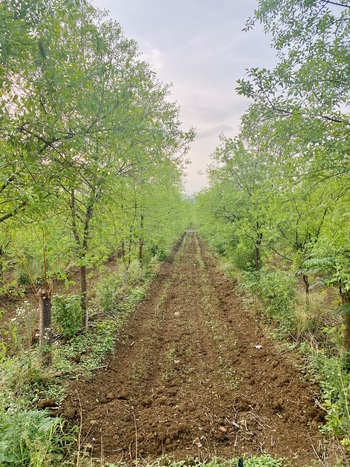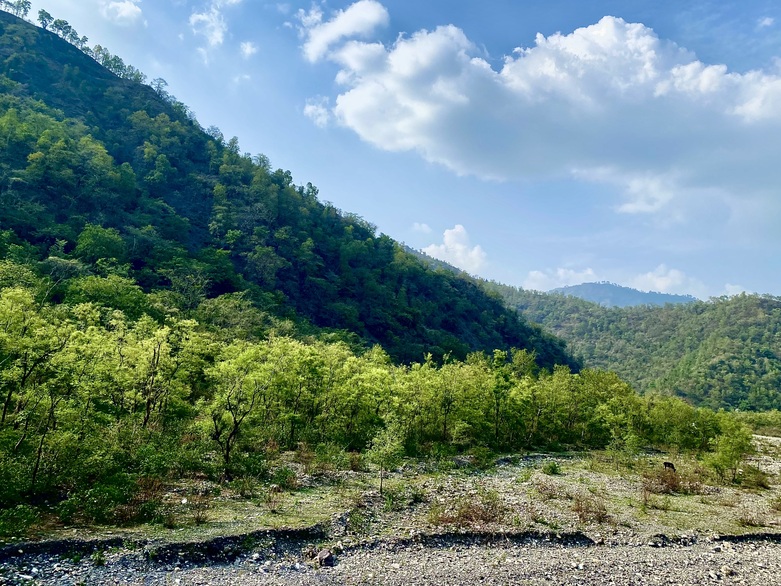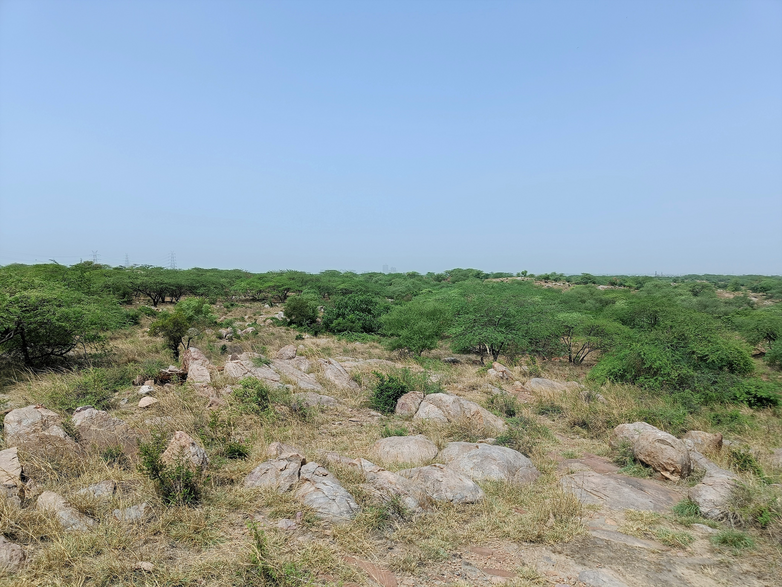Promoting forest landscape restoration, climate action and human well-being
Restore, Conserve and Protect Forest and Tree Cover for NDC Implementation in India (RECAP4NDC)
-
Commissioning Party
Federal Ministry for Environment, Nature Conservation, Nuclear Safety and Consumer Protection (BMUV) under the International Climate Initiative (IKI)
-
Country
-
Lead executing agency
More
-
Overall term
2023 to 2029
-
Other Stakeholders
International Union for Conservation of Nature (IUCN) India, Forest Survey of India (FSI), The Energy and Resources Institute (TERI), Indian Council of Forestry Research and Education (ICFRE), International Centre for Integrated Mountain Development (ICIMOD)
-
Products and expertise
Climate, environment, management of natural resources

Context
India is among the few countries worldwide to have achieved a positive trend in forest and tree cover, which stands at 24.6 per cent against the 33 per cent target of the National Forest Policy 1988. Nevertheless, areas with serious forest and land degradation still exist and 43 per cent of forests can be considered degraded. Drivers of degradation include increasing urbanisation, overgrazing, fuelwood extraction, extended droughts, and uncertain rainfall.
The Forest Survey of India (FSI) estimates that 76 million hectares can be restored. However, gaps exist in adopting landscape restoration approaches. These include vague conceptual understanding, implementation challenges, accessing available funds and exploring blended finance, monitoring, and reporting structures as well as knowledge exchange. They can be addressed by building the capabilities of public and private actors, enhancing frameworks of existing programmes and leveraging the stated interest of various stakeholders.
Objective
National, regional and local actors in India have derived ecological, socio-economic, governance and climate-change-related benefits from Forest Landscape Restoration (FLR).

Approach
The project supports India in achieving its targets on restoring degraded forests and landscapes. The core activities are as follows:
- Providing technical assistance to implement different FLR approaches such as planted forest and woodlots, assisted natural regeneration, improved forest management, agroforestry, mangrove, and wetland restoration, among many others at selected model sites.
- Establishing and using integrated systems for Monitoring, Evaluation and Reporting (MER) of the climate, ecological and socio-economic benefits of FLR.
- Applying models and tools for financing FLR from private, public, and international sources and anchoring FLR in existing policy and planning processes, facilitating knowledge exchange, and enhancing capabilities at national, subnational and local level.

Last update: July 2023






